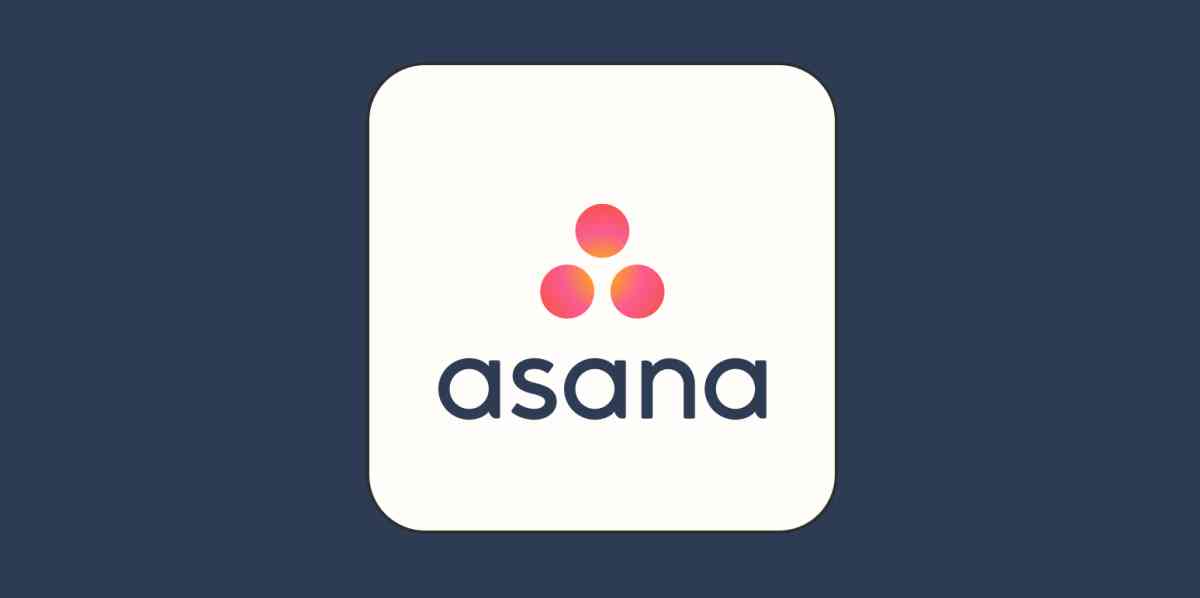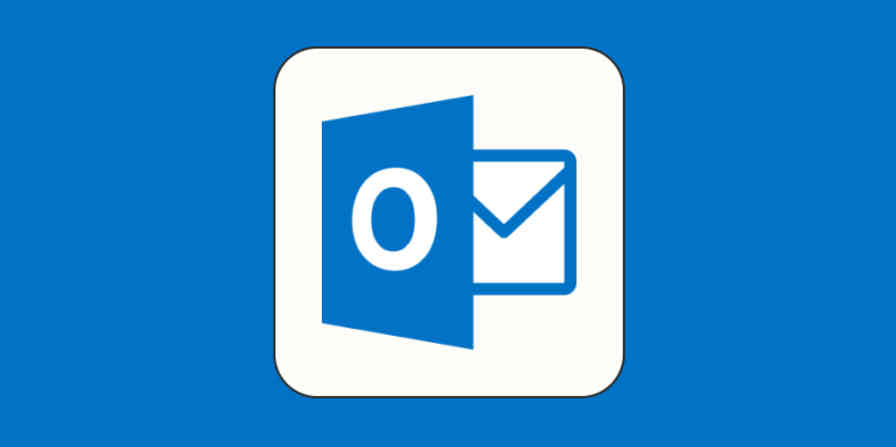It's not often my six-year-old daughter gets involved in my work, with one exception: when I use Asana. She knows that if I click a special box to tell the computer I've finished my latest task, there's a good chance a unicorn might fly across my screen. She loves it—and so do I.
This optional setting—which makes the Asana celebration creatures dance across your screen when you complete a task—brings out the six-year-old in me. And that's a good thing.
What (and who) are Asana's celebration creatures?
Asana is a pretty traditional project management tool. I use the list view to give me an at-a-glance overview of my freelance writing business. Each client has its own section, and each writing project is a separate task. I also add subtasks for the different stages of a writing project. Like I said: pretty standard.
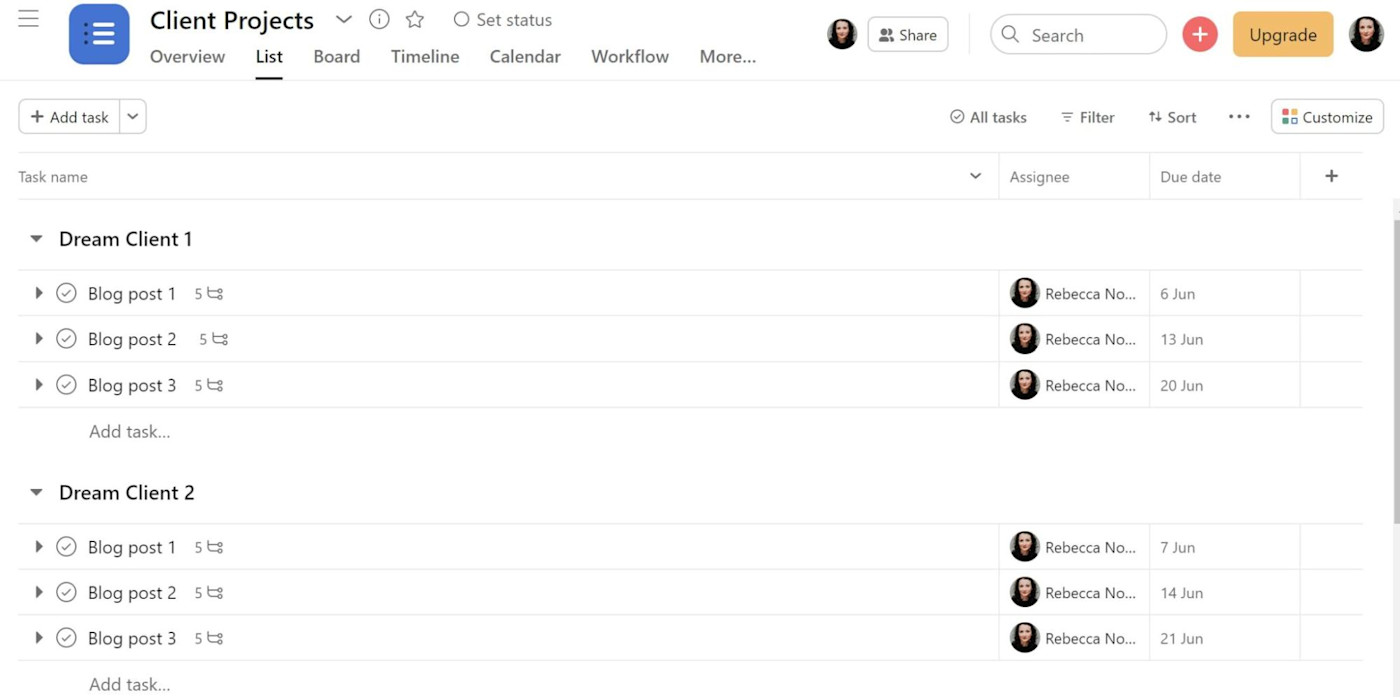
But things take a sharp turn—in just the right way—when you mark a task as complete.
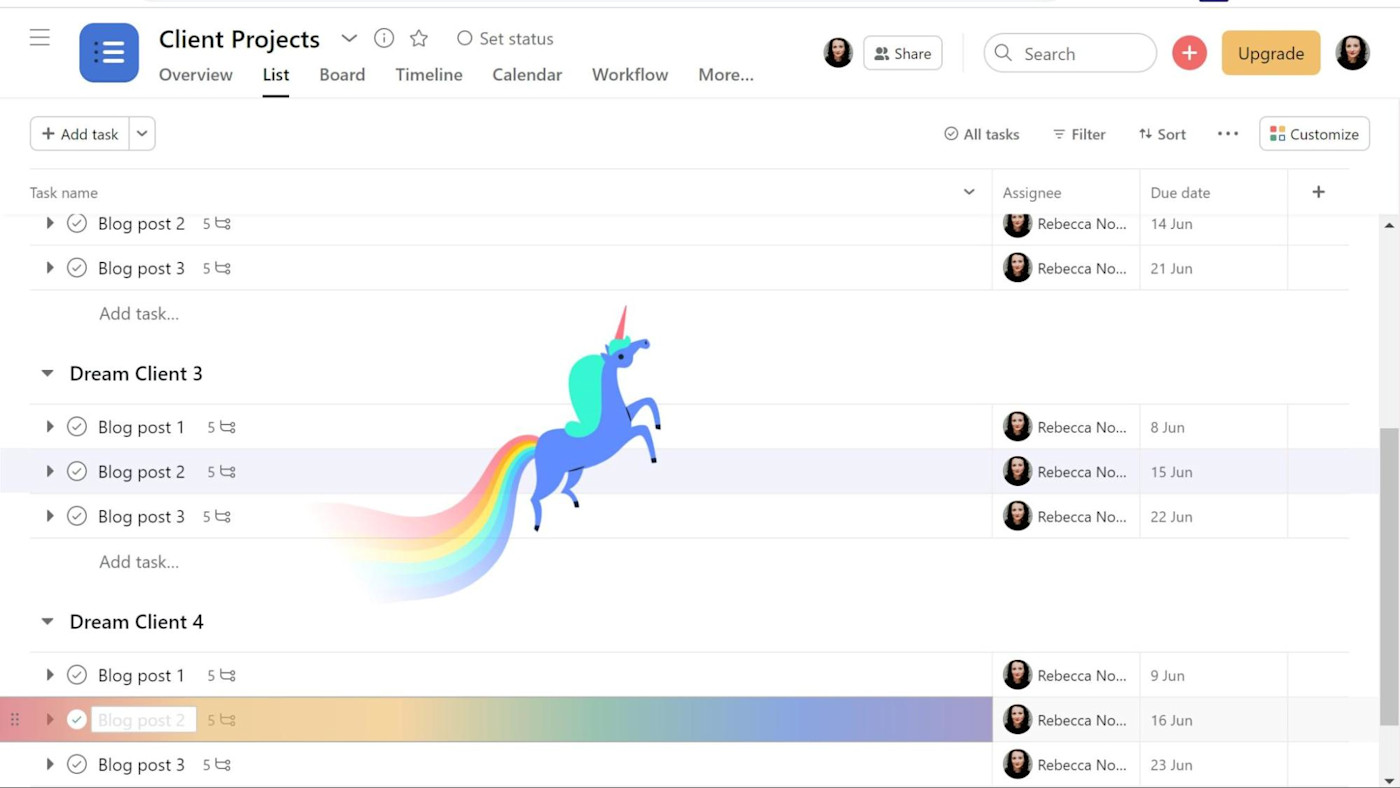
There's that unicorn.
It doesn't happen every time, but whenever you complete a task within Asana, one of five celebration creatures might just pay you a visit by rapidly flying from the bottom-left to the top-right of your screen. (I'm very quick with my screenshots.)
Even though they're only there for a fleeting moment, this explosion of color gives me an immediate lift. Hello, dopamine! It's the equivalent of someone throwing confetti around my office desk, but without the mess.
Let's meet the team:
The unicorn is the founding member of the celebration squad. He uses his college pyrotechnic skills to make things explode.
The narwhal is always ready to dive into projects and make a splash by shipping results.
The yeti is shy and likes to keep a low profile. Expect to see him only when you complete the oldest and most challenging tasks on your plate.
The phoenix is the ultimate planner and an asset to any team.
The otter has a high IQ and EQ, so they're great at coordinating complex projects.
The celebration creatures are optional. Switch them on (or off, if you're missing the fun gene) by going to My Settings > Display > Show occasional celebrations upon task completion.
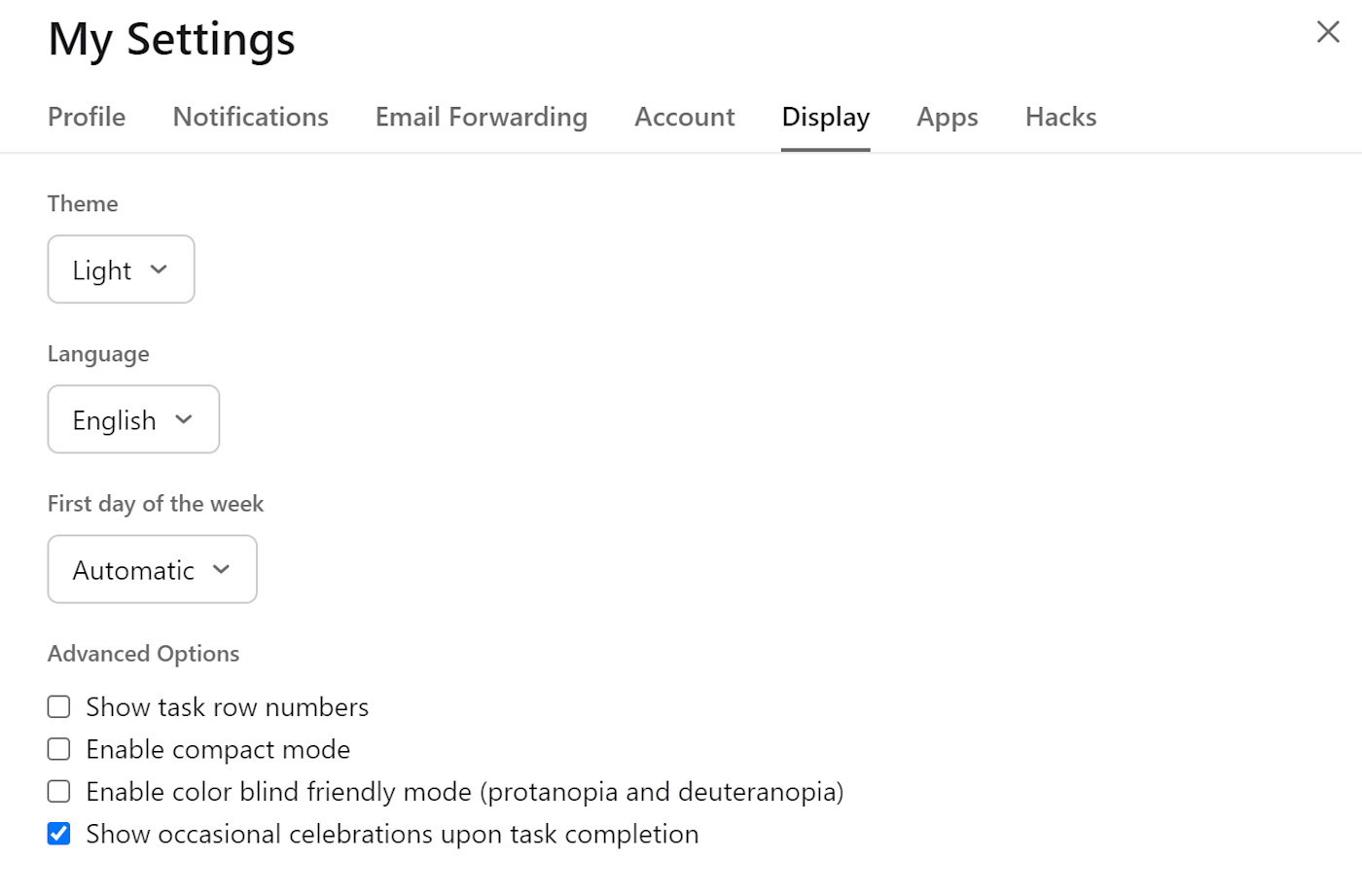
With this menagerie enabled, I storm through my to-do list. Before you judge me for letting tiny animated creatures affect my work mood, hear me out.
But first, let's start with why Asana even offers this setting.
Presenting a delightful UX
Asana is heavily invested in delighting its users, giving us a positive emotional response when interacting with the software. There are two types of user delight in UX design: surface delight and deep delight.
Surface delight occurs when pretty graphics are added to software that lacks functionality. It's a superficial delight, where the interface looks appealing, but the product beneath doesn't deliver.
Deep delight is what Asana users experience. It's a highly capable and reliable project management platform—the surprises and joyful experiences are the icing on the cake.
Experiencing deep delight is about more than just using the software—Asana also wants us to connect with the celebration creatures. And we do! The brand even goes the extra mile by building out a backstory for each member of the team.
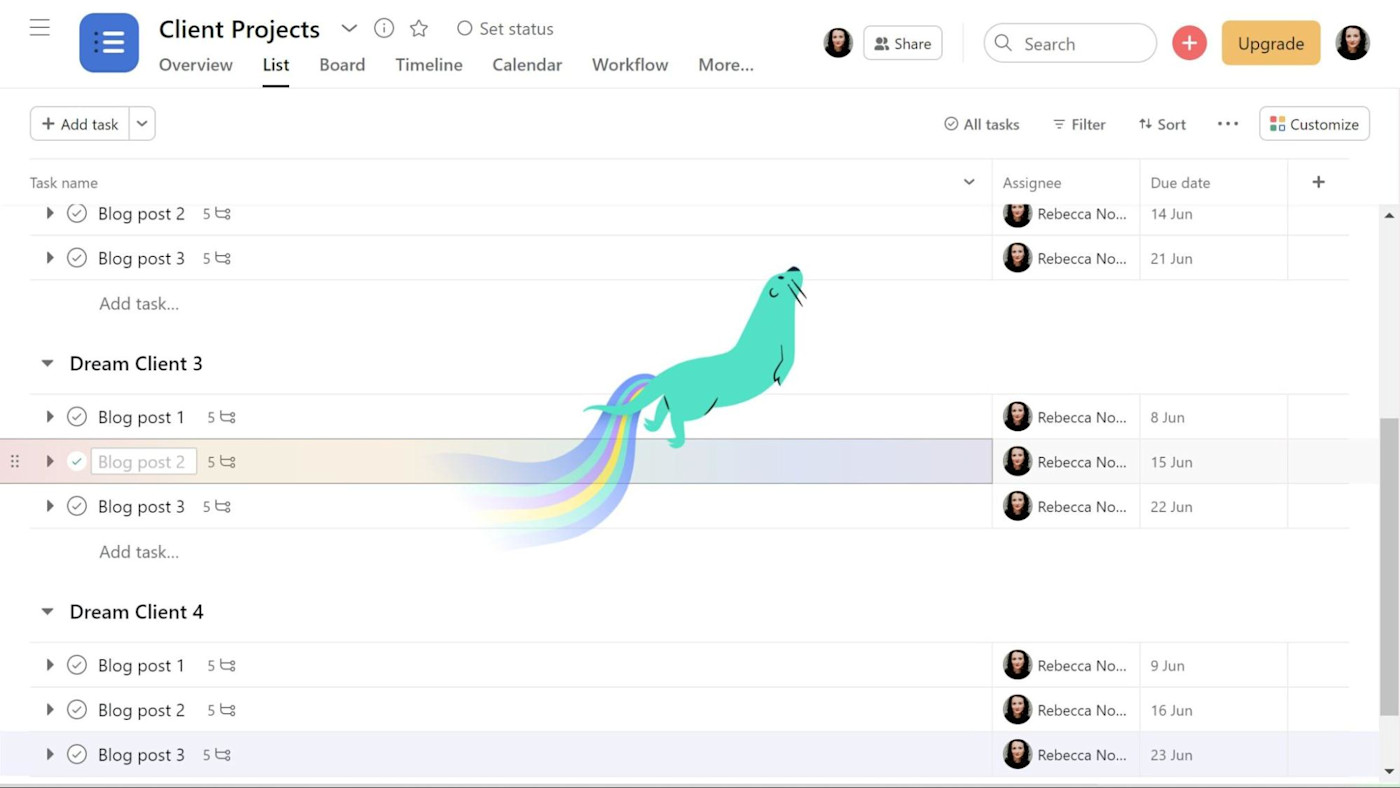
Did you know that the phoenix previously worked at a bespoke marshmallow roastery in Arizona and has experience as a welder and a furnace technician? How about the narwhal, whose resume is proudly packed with aquatic programming skills like Sea++ and Ruby on Snails? Or the otter, who's a former competitive synchronized swimmer? And let's not forget the unicorn, a humble pyrotechnics and equestrian studies major. Finally, the yeti, a natural traveler, who loves snowshoeing, mountain walks, and anti-fur protests.
The Asana community forum is filled with praise for all of these bubbly characters—it's clearly creating a sense of connection with the software. (One user even shared her concern that the creatures visit her colleagues more frequently than they do her—was it something she said?)
Here's why I think this feature resonates so much with Asana users.
Incorporating play into the workday
Freelance writing is my dream job. It fits in amazingly well with family life and allows my creative juices to flow freely. But as with any job, there are tasks I don't relish. Accounting? I glaze over. Client discovery calls? My kneecaps knock together, and cortisol races through the rest of me.
Most adult work isn't the stuff dreams are made of—and that's exactly why we need the celebration creatures to add moments of play throughout the day.
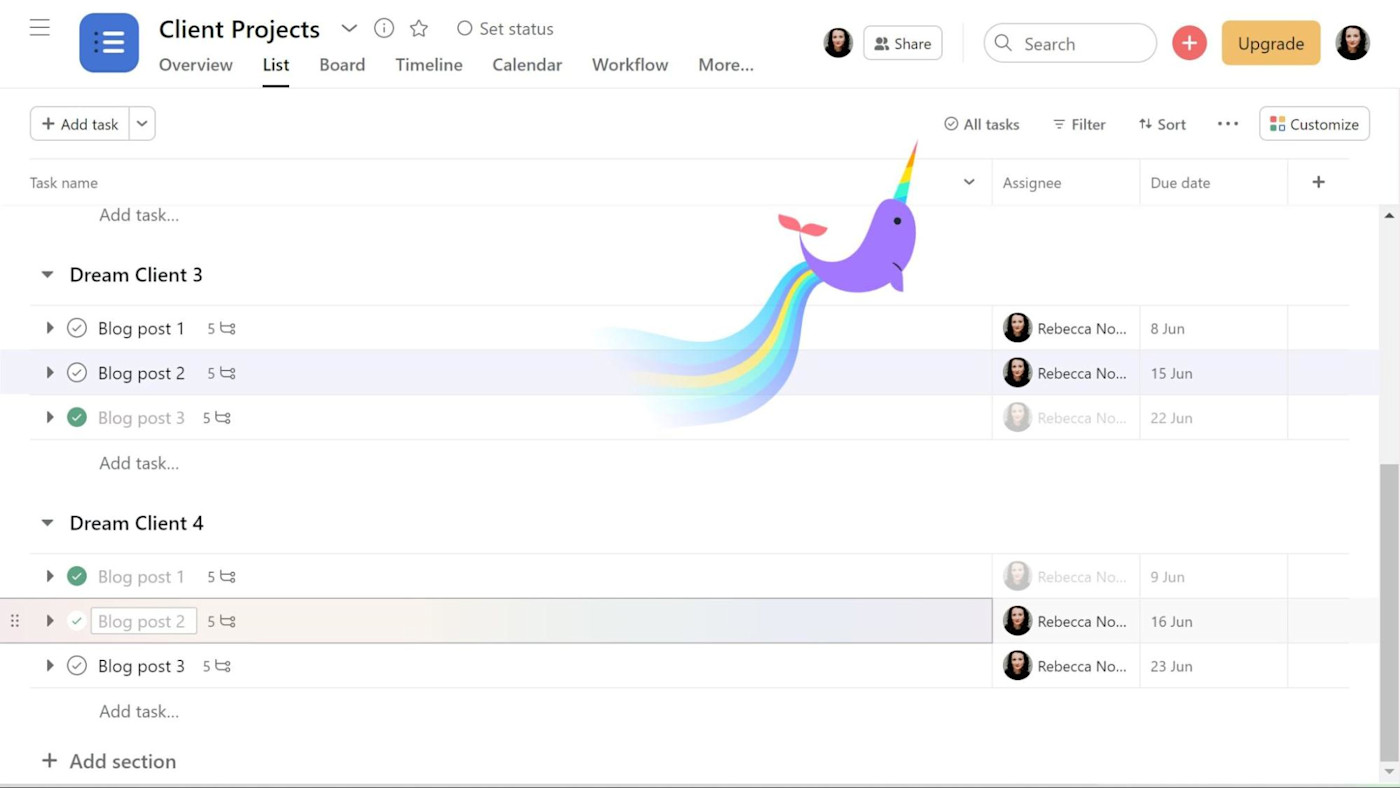
(Tell me that didn't make you smile.)
Children can teach us a lot about productivity, and according to neuroscientists Sam Wang and Sandra Aamodt, work in adult life is most effective when it resembles play—meaning it's fun and intrinsically motivating.
And yes, there are lots of other ways to incorporate play into your workday, but changing a setting in your task management app is a really easy win. Play expert and creative strategist Yesim Kunter actually recommends incorporating color into your office space, and Asana's celebration creatures sure are colorful.
Fun tip: extend your adult play break by enabling Extra Delight in the Hacks tab of My Settings in Asana. Then add random cats to your screen by using tab + B, or use tab + V for dogs.
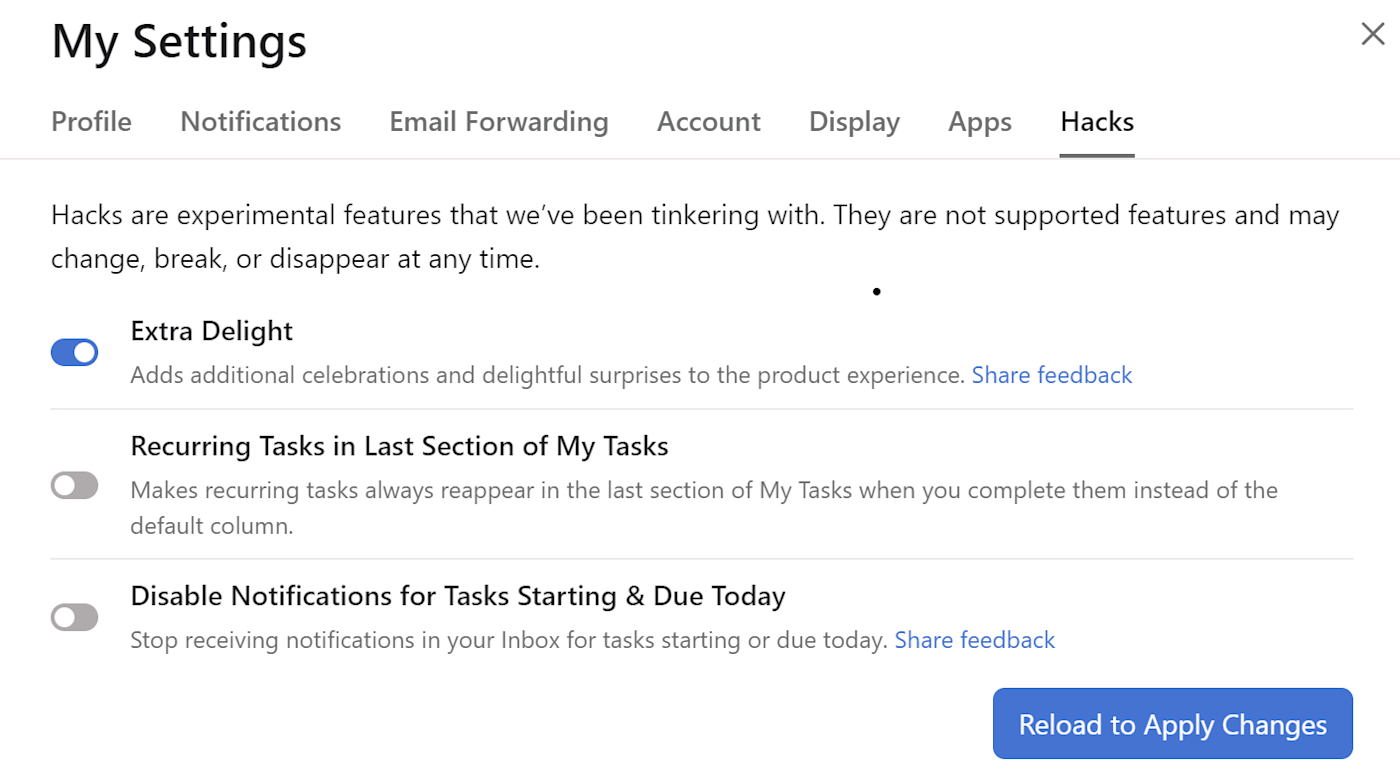
Celebrating daily wins
The jury is out on whether we reward children too much for doing little things. But like it or not, it's happening.
When she was a toddler, we gave my daughter a Paw Patrol sticker every time she used the potty. Now that she's at school, there are trophies, gold stars, medals, laminated certificates, and incentive jars filled with pom-poms. And don't even get me started on the fruit-scented stickers she's plastered with every time she goes to drama club.
Fast forward to adulthood, and the celebrations slow down. Employees might receive an occasional positive performance review from their boss or an annual bonus or pay rise. For remote workers, and freelancers especially, there are even fewer opportunities to celebrate accomplishments. Even when I'm excited by a fancy new byline or I'm hitting my dream revenue goals, there aren't any coworkers there to give me a high five or take me out to lunch.
That's where the Asana unicorn and his friends come in: they help turn small wins into events worth celebrating.
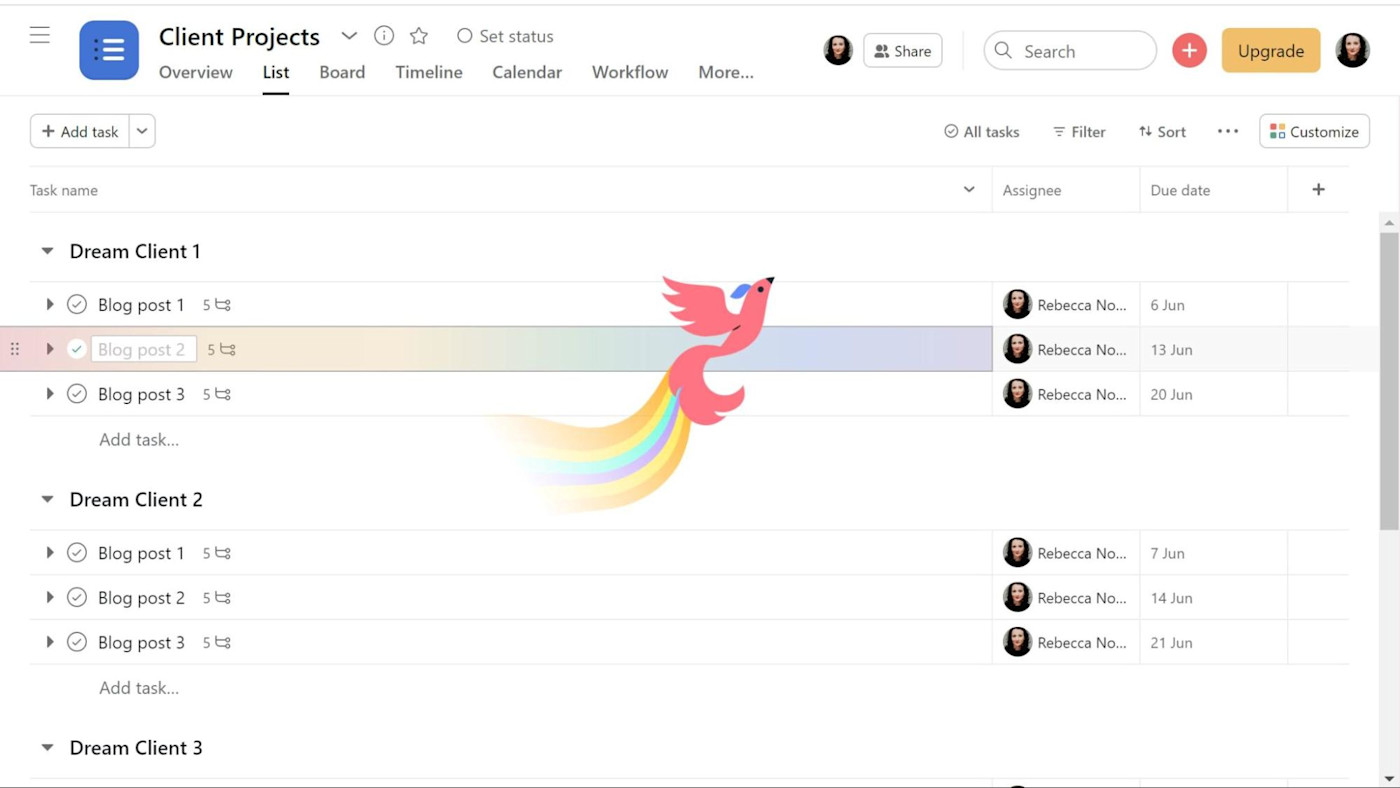
These creatures—and other such tools—help us overcome the natural negativity bias in our brains, where it's easier for us to recall our failures over our achievements. Celebrating our successes with our colorful friends reinforces positive behavior and provides motivation for further tasks. Commemorating these goals, however small, leads to the development of a positive feedback loop and sets us up for even bigger wins in the future.
And if we don't pause to celebrate? Well, we're directing our brains to assume that our triumphs aren't noteworthy. When all you do all day is a series of little triumphs, that can be a nasty cycle to get into.
Finding the motivation to do more
The celebration creatures are randomly generated—that means they won't visit after every task completion. This is controversial: plenty of Asana users are begging for the creatures to applaud their efforts every time. And I'll admit, it feels disappointing when you complete a project, click the button, then wait a couple of seconds in anticipation, only to realize there's no celebration this time.
But having them as an occasional treat is actually more motivating. As Asana community forum member Heather Huizing puts it: "If it's always, then where's the hopeful expectation? It just becomes…oh, there goes another unicorn." I agree—when I don't get a celebration, I put on my big girl pants and work even harder to tick off more tasks hoping there will be a win later in the day.
Variable ratio schedules are the reason this is so effective at reinforcing the behavior. You only have to look at casino slot machines to see how effective it is outside the work environment. People keep gambling their money away because they know that a payout might come at any moment. An activity I'll be warning my little girl against, of course, but it's why the unpredictability of the creatures works.
All work and no play
Asana's celebration creatures inject joy into my workday. Some people may find it ridiculous. Maybe they laugh at my reliance on glittery rainbow spectacles to push through my impostor syndrome and produce. But these fun friends have been a game-changer for my morale, my motivation, and my creativity.
The added bonus: they've given me an unexpected accountability partner—my daughter, who asks me every night at dinner if I've worked hard and seen any unicorns today. And no parent wants to disappoint their child, do they?
This was a guest post from Rebecca Noori, a freelance writer for SaaS companies including Zavvy.io. Want to see your work on the Zapier blog? Read our guidelines, and get in touch.

